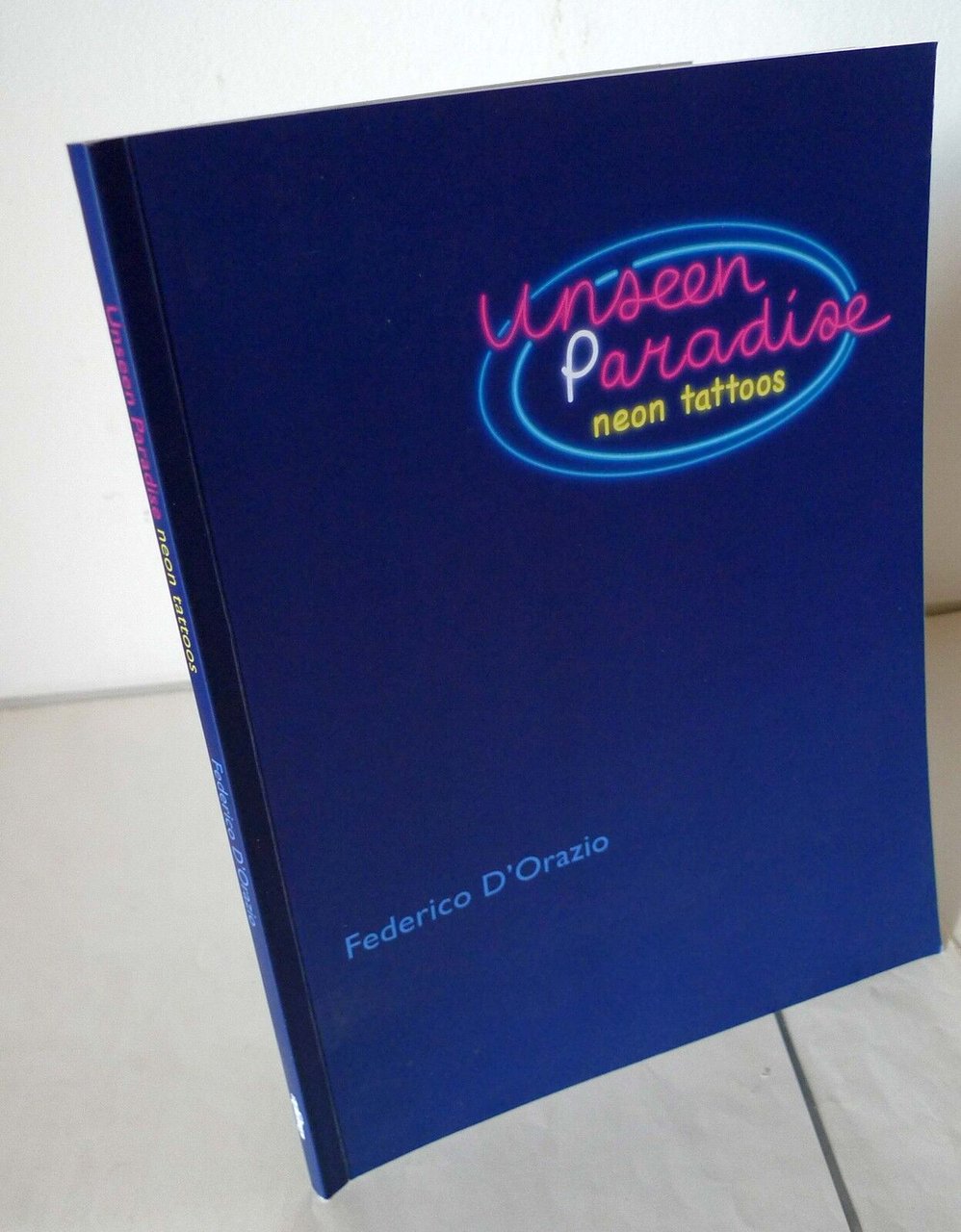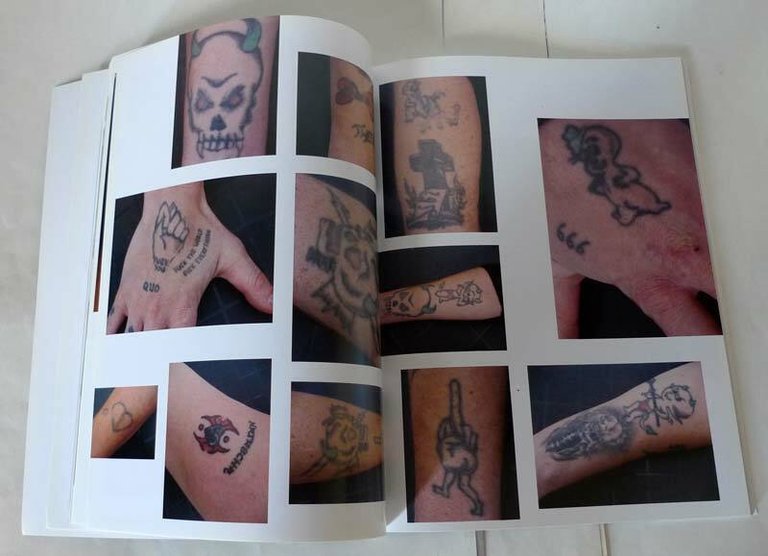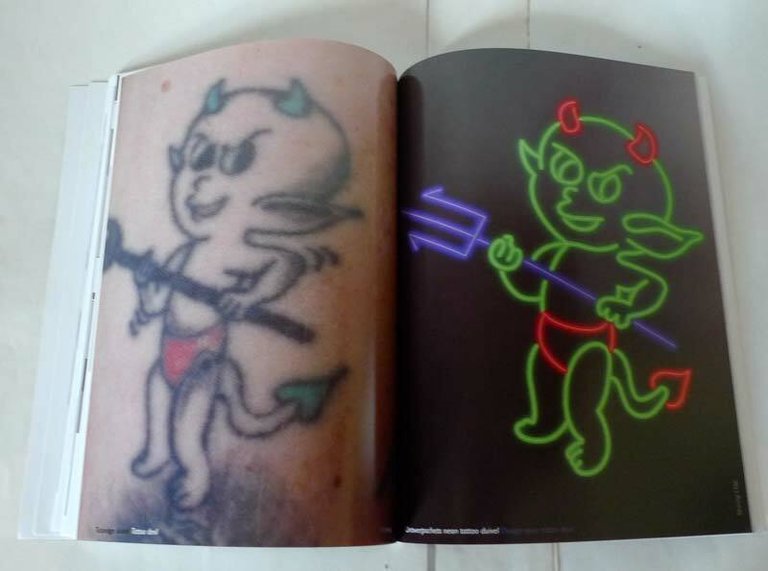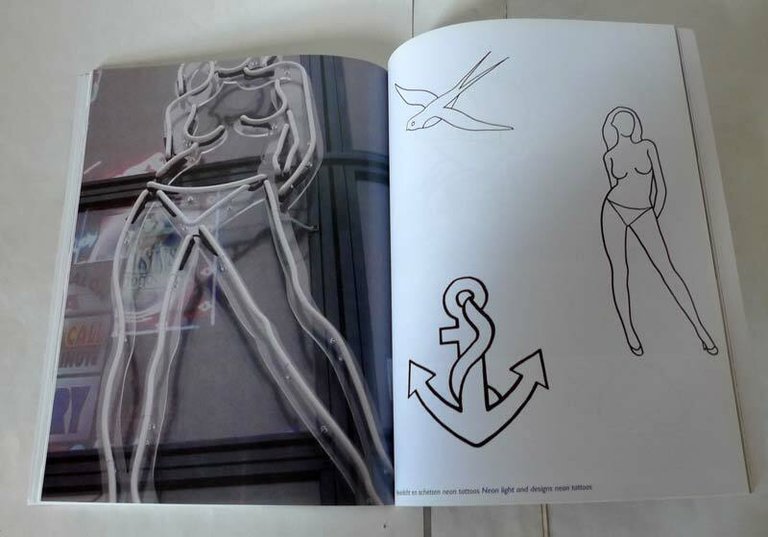




Periódicos
Federico D'Orazio,UNSEEN PARADISE.NEON TATTOOS,2007[tatuaggi,carcere
14,90 €
Modo Infoshop
(Bologna, Italia)
Los gastos de envío correctos se calculan una vez añadida la dirección de envío durante la creación del pedido. El vendedor puede elegir uno o varios métodos de envío: standard, express, economy o in store pick-up.
Condiciones de envío de la Librería:
Para los productos con un precio superior a 300 euros, es posible solicitar un plan de pago a plazos al Maremagnum. El pago puede efectuarse con Carta del Docente, Carta della cultura giovani e del merito, Administración Pública.
Los plazos de entrega se estiman en función de los plazos de envío de la librería y del transportista. En caso de retención aduanera, pueden producirse retrasos en la entrega. Los posibles gastos de aduana corren a cargo del destinatario.
Pulsa para saber másFormas de Pago
- PayPal
- Tarjeta de crédito
- Transferencia Bancaria
-
-
Descubre cómo utilizar
tu Carta del Docente -
Descubre cómo utilizar
tu Carta della cultura giovani e del merito
Detalles
Descripción
Federico D'Orazio,
UNSEEN PARADISE. NEON TATTOOS,
D'Orazio 2007,
brossura, 24x18,5 cm., pp.98 (non numerate),
numerosissime illustrazioni fotografiche a colori,
testo in olandese e inglese,
peso: g.300
cod 0268
CONDIZIONI DEL LIBRO: come nuovo
dal testo introduttivo
Unseen Paradise/Neon Tattoos
Federico D'Orazio
In order to be able to realise my final plan for an artwork for the glass section of the façade of the
Penitentiary Institution at Vught, at the start of the design phase I first went through a period of building
up intensive contact with the patients committed there by the courts for psychiatric treatment as part of
their sentence. I organised various meetings in order to introduce myself and my work to the patients, get
to know them, and thus build up a bond that created the confidence to work together with them. This also
gave me a chance to test my ideas about the atmosphere in the institution. The confrontation with the small
spaces, the work performed by the patients, the recreational activities and the staff gave me a good idea of
life in the clinic.
In the group of patients, several showed more interest in the art project than others. I did a workshop with
these interested individuals regarding the significance of photography. Together we analysed the work of
well-known photographers and discussed photographs that the patients themselves selected from books
from the library, newspapers and magazines.The photographic image was the point of departure for the
realisation of an artwork on the glass façade of Unit 2.
My intention was to make an artwork that represented hope in a realistic, photographic image. It also had to
be a gesture from the collective imagination of the patients.
A photograph of an urban landscape, a tropical paradise or a mountain range would not only be able to
represent an image from a dream, but also an imaginary flight, a way out of the daily grind of life in the
building. I got the impression from the residents that they experience the evening and night as the longest
and most monotonous time. My artwork, with the bright colours of nightlife in a busy metropolis, and neon
signs, should warm and entertain the patients and staff.
Most of my works are created in interaction with their users. In order for my work to succeed I am partly
dependent on the collaboration of the people who I want to involve in my work. It was a good experience
to work with the patients at Vught. I involved their opinions in both the selection and assembly of the
photograph and in the choice of the pictures.
The photograph ultimately selected is printed on a special, permanent and transparent vinyl for windows.
The coloured neon lights are affixed at various points spread over the façade.
The neon heart changes slowly from red to blue, because of the calming effect that blue has on people.
The neon pieces are based on the tattoos of the residents and at the same time have a symbolic meaning:
666 -This is the number of the devil. In Christianity 666 is the symbolic number of the Beast and comes
from the Bible, in the book of Revelations, Chapter 13, verses 11-18.
Anchor - The anchor stands for security and something to hold on to and was also the symbol for hope
and trust. In the early Christian church it was a symbol for the Christian faith when representations of the
cross were forbidden. (source: Nederlands Centrum voor Volkscultuur website)
Ace of spades - The ace of spades is the symbol for death. It can mean either actual, physical death or
spiritual death. It is at the same time a sign of bad luck.
Swallow -Just as in Western tattoos, freedom is symbolised by a figurative or abstract representation of
a swallow.
The silhouettes of the neon pieces represent symbols of personal identity. I concluded that the images that
are symbols for identity and hope were often the same as those which the patients had chosen for their own
tattoos.
The neon tattoos are a powerful, personal contribution supplied for Unit 2 by the patients themselves.
In this publication I try to show the contrast between the bleak, constrained world of locked doors, cameras,
metal detectors, security systems and check points, and the warmer images of working with the patients and
the colours of the tattoos and neon lights. It has become a 'window on the world' behind the enormous,
closed metal doors of the institution.
All in all, I have gotten the impression that my work is accepted by both the management of the institution
and the patients themselves. Several of the patients contributed a very high degree of cooperation to my
project. Their own cells, which generally are very difficult for others to have access to, were open and
available during my workshop and the photo reportages.
The images of the patients in the recreation rooms and isolation cell are striking and show impressive
persons in their dignity.
In my opinion, the whole artwork expresses a positive message, in which illusion makes way for hope and
disconnection is replaced by openness.
One final remark. I placed myself in the artwork, because I wanted to reduce the distance between the
patients and their world and myself. After all, 'good' people dream at night of what 'bad' people do in the light
of day...

